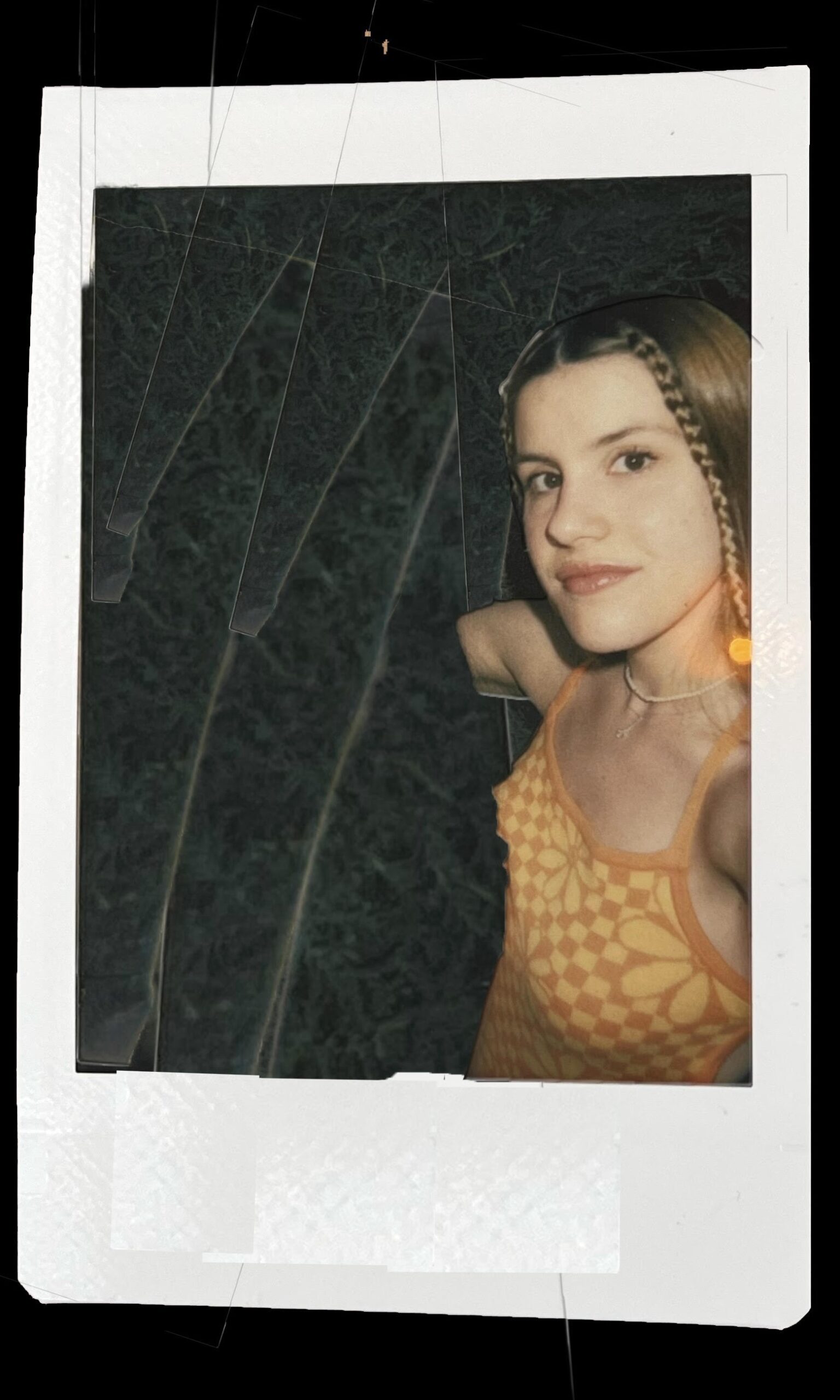Straying from the traditional, strict, and classical forms of Kabuki and Nōh theater emerged Butoh. Tatsumi Hijikata and Kazuo Ohno founded this new style of dance, two individuals heavily influenced by postmodernist ideas. Initially associated with the Tokyo underground arts scene, Butoh derives its name from the combination of bu, meaning dance, and toh, meaning step. Characterized by slow arrhythmic movements, performers are usually covered head-to-to in white body paint, representing the purity of the soul. Often described as being in a trance-like state, Butoh performers embody slow, careful movements in their performances.









